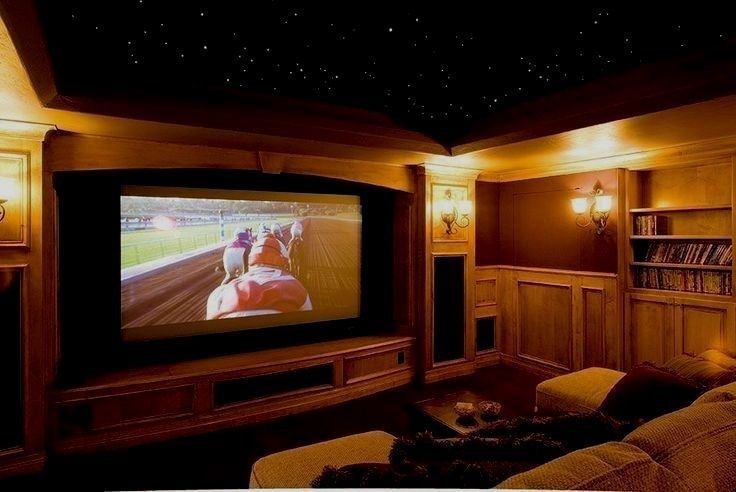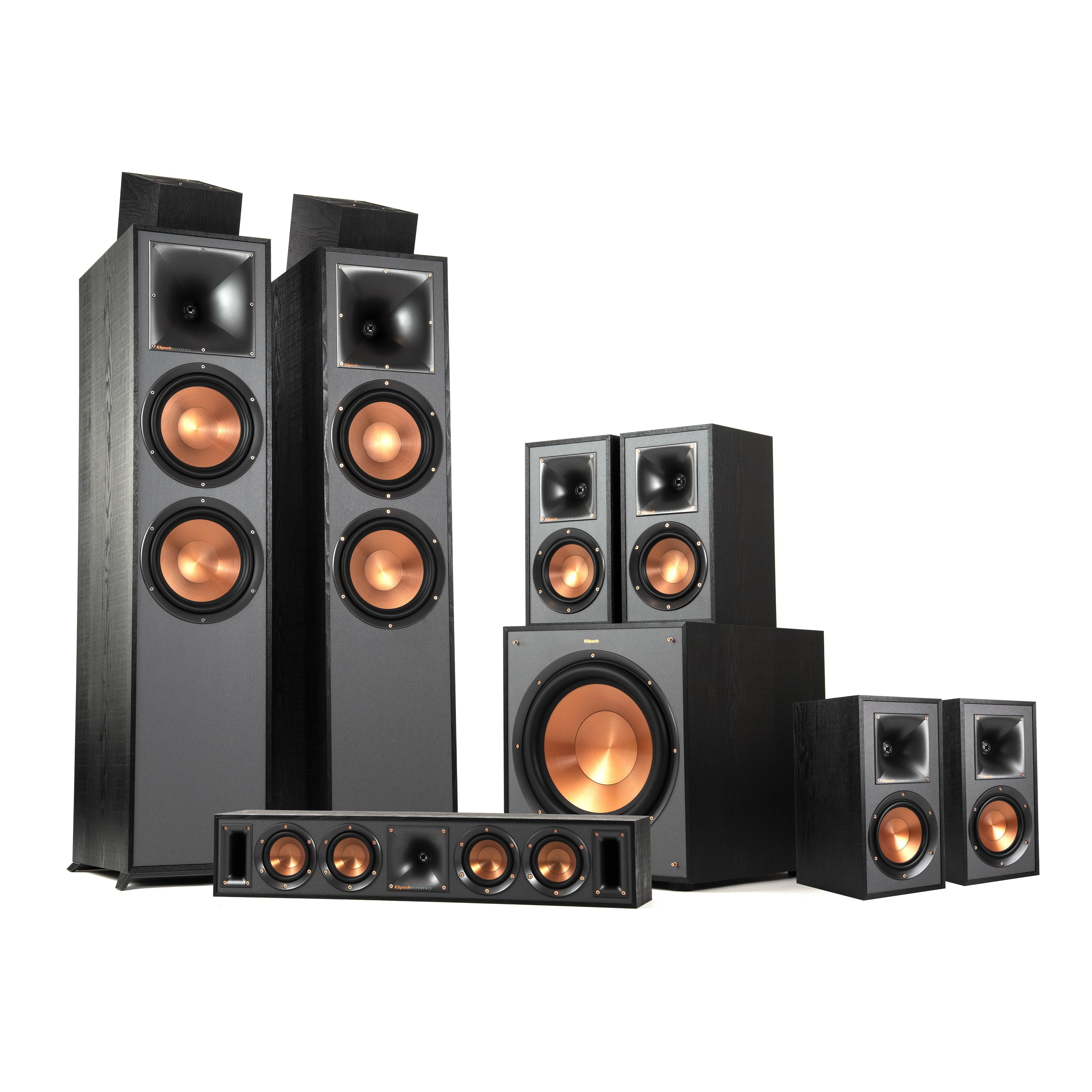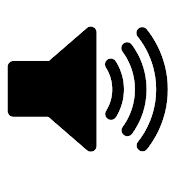
Dolby Atmos is a revolutionary technology in home cinema sound. Atmos is a technology that allows audio to be placed in 3-D space. It gives creatives the ability to mix audio with unprecedented precision and depth.
Dolby Atmos vs Dolby Digital Plus
The word "Dolby Atmos" may bring up images of surround sound systems that are multichannel in a theater when you hear it. It is now available on an increasing number of devices, and has already been integrated into some of the most important home theaters in the country. But there's a huge difference. It's something you should be aware of if your home theater is to become Atmos.
What does Dolby Atmos do?
Dolby Atmos has changed the way we listen to music and movies. The technology allows audio engineers to mix their audio like a 3-D object. They can push louder, softer, larger, smaller and more.
The result is a more realistic and immersive audio experience that will leave you feeling like you're right in the middle of the action. You'll also hear sounds from all around the room - something that wasn't possible with previous surround sound formats.

What Does Dolby Atmos Actually Mean?
Dolby Audio isn't only for home theater. It's also being used in the music world. Tidal, Amazon Music and Apple Music offer a variety of music tracks that have been remixed in Atmos.
How does Dolby Atmos operate?
Dolby Atmos works with an object-based audio system. A Dolby Atmos-enabled receiver (AVR), is required. This automatically knows the speakers being used, what type they are and where they are positioned. It then unpacks the metadata to scale each audio object and relay it through the designated speaker - and all this happens in real time.
There are some exceptions, though - for example, the latest iPhones come with an iOS feature called Spatial audio with Dolby Atmos that uses your phone's accelerometer to give you head-tracking effects.
While the technology is still young, Dolby has made some significant efforts to encourage more people to make their music in Atmos. It has partnered with studios and audio companies to offer free tools that allow composers to create music in Atmos. The music can then be streamed on different devices or downloaded if necessary.
Atmos is a great format for delivering music, and it is likely to gain even more popularity in the future. Dolby atmos will continue to grow in popularity as a result of the rise of virtual and other emerging technologies.

What are Dolby Atmos' Benefits?
Dolby Atmos represents the most significant improvement in surround sound over 40 years. It offers more sound channels and speaker positions than any other surround sound format.
It can provide a deeper bass response, greater highs, and a more surround-like experience than any other sound format. It can also produce a higher dynamic range, wider color spectrum and better contrast than any other surround sound format.
FAQ
What are some of my options when choosing a home theater system? What are some factors I should consider?
Many different types are available when you shop for a home theater system. Each type comes with its advantages and disadvantages.
A 5.1 surround system will offer five channels of sound, including two front left, left, center and subwoofers; one rear right, left, and center channel; as well as one tweeter. You'll get clear dialogue from the front left and right speakers while enjoying rich, deep bass from the subwoofer and center channel.
This arrangement is preferred by some people because they can hear every word in the movies. Others enjoy watching movies alongside friends and family who have different musical tastes.
Remember to buy a home theater system that fits your needs regardless of your choice.
For example, suppose you plan on spending most of your time listening to music rather than watching television. A wireless stereo system might be a better option than a surround sound system.
A curved or flat screen is another factor you should consider. Flat screens are easy to install because they don't curve at the edges.
But they're not ideal for viewing images. Curved screens are much more comfortable and offer wider viewing angles.
However, professional installation is required to install a curved screen. Ask your dealer if they offer a warranty for the TV you are considering purchasing.
The size of the space where the system will be installed is one last thing to think about when selecting a home theatre.
A larger room will generally require larger speakers. A 6 1/2-foot by 8-foot room would need speakers that are 3 feet wide and 4 feet high.
You should also keep in mind the fact that larger speakers are generally more expensive. You should budget for large rooms if your home theater system will be installed.
Finally, don't forget to include any other entertainment systems you plan on purchasing. It might surprise you how quickly home theater costs can escalate!
Which is better, stereo or surround sound?
Stereo is great for music and movies. Surround sound, however, is far more engaging and immersive for home entertainment systems. If you've been watching television lately, you may have noticed a dramatic improvement in the sound quality.
Surround sound allows for you to hear sounds in multiple directions simultaneously. This creates a space where each channel adds depth, dimension and dimension to the overall experience.
Surround sound also helps create a sense of place. You may feel as if you are right in the middle of the action. Place speakers around the room so that the audio is focused in any direction.
In addition to creating a more realistic experience, surround sound makes listening easier. While listening to music or watching a movie, surround sound makes it easier to listen. To get the best position, surround sound will cause you to lean forwards or backwards.
Surround sound, in short, gives you a more immersive, richer experience. If you are thinking of upgrading your home theater system to surround sound, you should use surround sound.
Which surround sound system is better: 5.1 or 7.1?
The best way to experience music is by listening to the original recording on stereo speakers. If you want to experience the full power of your favorite movie soundtracks, however, you should invest in an audio system which provides as much detail, clarity, and quality as possible.
Surround Sound systems 5.1 are better at providing a wide range of sounds, while systems 7.1 offer more channels and can cover a wider area.
A premium 7.1 surround sound system is a great option if you want the best sound quality in your home theater. They cost more but produce better sound quality than the 5.1 system.
If you aren’t prepared to spend more, you’ll likely get the exact same sound quality using 5.1 systems. The main difference will be that you'll miss out on some of the details provided by the additional speakers.
Statistics
- 10% off all sitewide purchases + (wired.com)
- According to their research, Google's speech recognition software is 13 percent more accurate for men than women. (en.wikipedia.org)
- According to Henriques, the sound system has also played an influential role in the global influence of Jamaican music internationally. (en.wikipedia.org)
- Off - All H&R Block Tax Software Finish Line Coupons Finish Line Coupon: 40% off select styles Dyson promo code (wired.com)
- free shipping Samsung Promo Code Take 45% off with a Samsung promo code during Black Friday (wired.com)
External Links
How To
Which sound system is your favorite?
The best way to describe how we feel when we listen to music is that our soul is taken out and placed inside a space without noise. We become one and the music.
There is more to great audio than just speakers and a subwoofer. It's also how the audio gets delivered. A powerful amplifier will make a speaker sound great, but it won't do the trick if it doesn't deliver bass.
A good amp can make even the cheapest speakers sound fantastic. A bad amp can cause damage to expensive equipment. We recommend purchasing a preamp to enhance your home theater.
Nowadays, most sound systems come equipped with a built-in preamp. Although these preamps provide decent performance, they are often lacking the power to produce powerful bass. This is why you may need better sound quality if your goal is to play loud music while you're watching movies.
You will be pleased with a preamp. These preamps are built to handle large volumes and deliver audio clearly.
These devices also have volume controls that automatically adjust the volume based on the source material. This allows you to keep the volume low during quiet scenes and increase it when the action heats up.
Preamps also include equalizers that correct any problems with the signal. The equalizer can boost bass frequencies if they are too low.
This allows your speakers to reproduce sounds accurately. If your speakers aren’t producing bass properly, then so are you.
There are two main types of preamps: active and passive. To run active units, you need to have batteries that are continuously charged. Passive units draw very little current and therefore don't drain batteries.
Passive units have lower sound quality and output levels. They are also more costly because they require separate amplifiers.
Preamps can be wired directly to your speakers. If desired, you can attach them to your speakers using RCA cables.
You should upgrade your preamp if you are looking to upgrade an existing system. A great preamp can make all the difference in the world.
Some preamps come with an integrated tuner or CD player. Others provide surround processing. Some include digital inputs to allow you connect your iPod and other MP3 players.
Remember to take into account both price and size when shopping for a preamp. Spend less than $100 per channel.
We cannot stress this enough: you need to buy the best preamp for you.